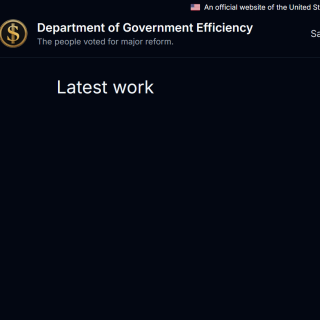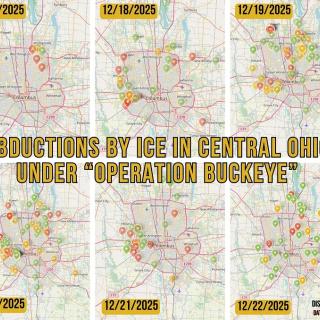Dozens of teachers, support staff, and community members picketed outside of the Zanesville Board of Education (ZEA) meeting on Tuesday, September 14. The teachers’ union in Zanesville has been negotiating for a new contract since July, trying to retain their healthcare plan and secure a raise that, at a minimum, would keep pace with inflation. A federal mediator has been brought in to help facilitate movement, but things have only gotten worse.
On Tuesday, the Board accused the teachers’ union, the ZEA, of lying to the press when they mentioned the fact that their healthcare plan was on the table. The Board called their statements “blatant falsehoods,” adding that “the Board has offered ZEA a competitive salary package, well above the state and area averages.”
According to good faith bargaining practices in the Ohio Revised Code, the specifics of the negotiations aren’t supposed to be made public. But nonetheless, a former board member, Brian Swope, told the Zanesville Times Recorder that ,to his understanding, healthcare wasn’t being cut, teachers were just being asked to pay more for what they currently have.
According to Ohio’s Department of Education, Zanesville City teachers made an average salary of $54,020 in 2020. That report also says that the average salary for similar districts is $58,813, almost $5,000 more than Zanesville’s average, while the statewide average is well above at $65,753.
“The turnover, it’s bad,” says ZEA communications liaison Natasha Woerner in reference to teachers leaving the school. A significant amount of Zanesville’s teachers are new and few stay very long. Forty-five percent of Zanesville’s teachers are new teachers, having between 0-4 year’s experience, while the state average is twenty percent. The school has a hard time keeping those teachers around. This, Woerner claims, is due to a disconnect between teachers and District leadership as well as non-competitive salaries. Compare Zanesville teachers’ average $54,020 salary to that of Reynoldsburg City’s $64,143 and Pickerington Local’s $74,461. That’s where many of Zanesville’s best teachers are going, Woerner says.
Zanesville is a rust belt city that peaked in the 1950s, suffering from de-industrialization. It’s a city of just over 25,000 residents with a 30 percent poverty rate. The area has also been hit hard by the opioid epidemic, suffering from 43 overdose deaths in 2020 alone, which, paired with the pandemic, has taken a toll on students.
“We need more support structures in the classroom in terms of intervention specialists or teachers’ aids”, says Woerner. “It seems like we’ve been asked to do more and more with less, especially during a pandemic.”
The city also has low local tax revenues. In 2020 that revenue accounted for less than 20 percent of Zanesville City Schools’ funding. They rely largely on state funding, over 65 percent in 2020, and federal funding, close to twelve percent (almost twice as much as the state average). But this funding, especially paired with federal pandemic funding, has greatly increased Zanesville City Schools’ budget over the years. Their total revenue per pupil was over $17,000 last year, putting it well over state averages. Zanesville City Schools utilized state and federal grants to make their buildings energy independent this year.
“They have more money in the account than they’ve had in decades… They have a position where they could invest in their students and really try to turn the situation of learning loss from the pandemic around. They could keep really good teachers that are here,” Woerner suggests, “but that’s not how money is being chosen to be spent.”
At the public board meeting Tuesday, board President Vicky French claimed that "myself and my associates sitting here want the very best. We love our teachers, we love our staff, and we always want to put our students first." But the union says there’s not just disparity between leadership and staff, but within leadership itself, between what the board votes on and how management implements it.
Woerner asserted that French’s statement echoed a perceived disconnect: “You can say that, but we don’t see that.” The meeting had limited and distanced seats as a COVID precaution while the schools’ mask mandate ends Friday with no announced plan to extend it. French’s statement was also made at the same meeting where the board accused the union of lying about healthcare negotiations. Woerner said that the board’s management team dragging on negotiations during a pandemic and resorting to accusations of lying has been “a slap in the face.”
“We have done everything under the sun trying to reach our kids. We’ve taught hybrid, we’ve taught all online, now we’re back to school, but we’re really not back to school because we have half of the kids out because they’re quarantined or because they’re sick and we’re having to go back and try to help the kids that are at home... We just feel beat down and defeated because we’re really trying to get these kids through the pandemic in the best mental health situation that they could be because this is so hard on them.”
The next meeting between ZEA and the Zanesville Board of Education is on Friday. If there’s no agreement reached then, the union says it will maintain its commitment to continuing to bargain in good faith, but all options remain on the table, not ruling out workplace job actions.



